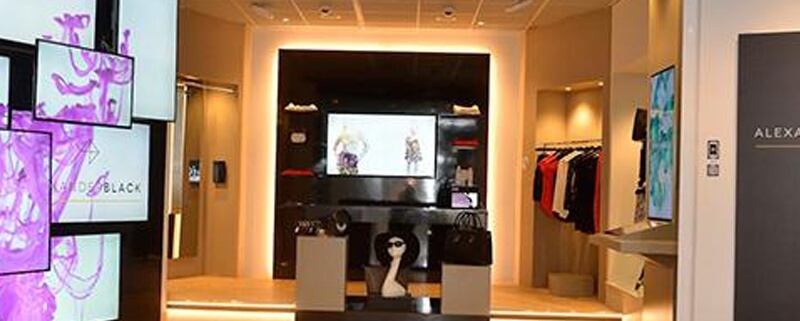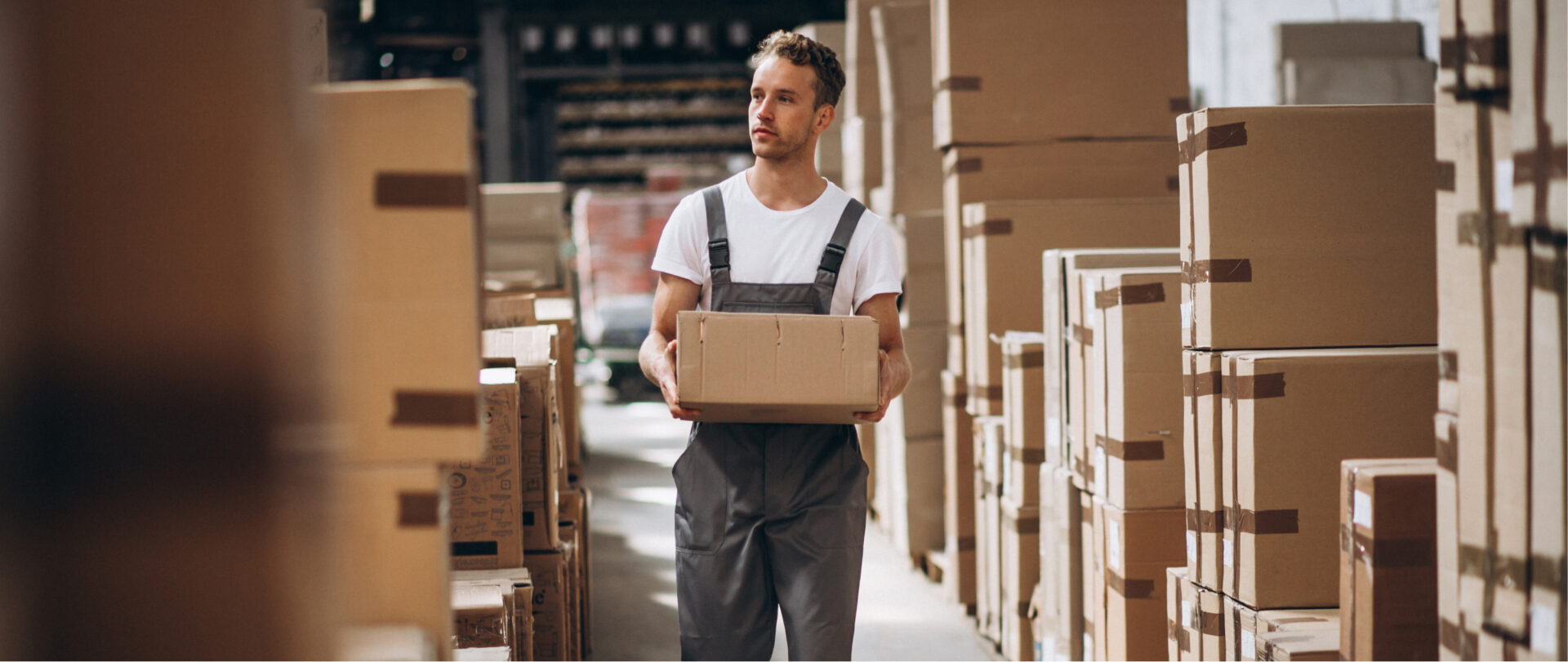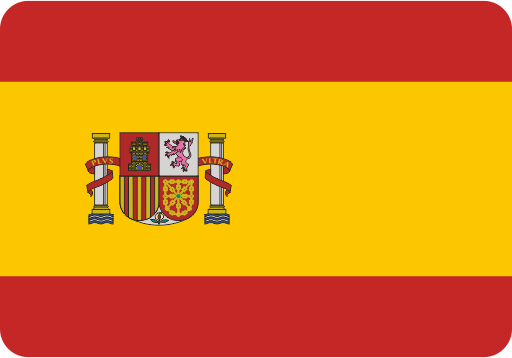
For the better part of two decades, retailers and tech startups have been inventing new ways to improve the digital shopping experience. Meanwhile, the bricks-and-mortar store remains much as it was 30 years ago.
That’s changing gradually, as sophisticated brands try to blend the real life and digital experience, and they’ve made plenty of progress. But I’d never seen all the in-store tech gingerbread at once until Monday, when I took a tour of British Telecom’s “store of the future” concept store in Midtown.
Called Alexander Black, the store is meant to show off the 15 different tech components BT is selling its corporate customers. To be only slightly dramatic about it, the goal: To save physical retail by including all the customization, on-demand and marketing tools we’ve come to expect online.
“It’s all about increasing sales and increasing the customer experience,” said Alison Wiltshire, BT’s global retail propositions director. As I approached, I start off by logging into the store’s smartphone app via QR code, which creates a profile of me in their customer-relations management database, and starts building my preferences and buying history into my account. But thanks to beacons (both physical beacons and audio beacons on the background music soundtrack), the store knows I’m there even if I don’t log in.
There’s an video display advertising board that, using a camera, determined my gender, age and skin tone as I stood in front of it, then adjusted which advertising creative images to show me. For instance, it switched from women models to men when I stood there. It measures my “dwell time” looking at the creative, data that can be used to inform ad strategy elsewhere.
The most interesting new trick I saw: the “intelligent fitting room,” which tracks what customers try on, and then also recommends other products or follow-up mobile marketing messages based on their behaviors.
And if a particular location doesn’t have the size, color and style of a product, the same display can send me to a store’s e-commerce site where I can place an order, a bid to defray showrooming. This would make any traditional clothing store like one of NYC startup Bonobos’ new guideshop concept, allowing a multi-location chain to centralize inventory while still making sales at smaller stores.
Another was product platforms that identify an item, say a shoe, by its weight and size. If you place the shoe on the platform, an adjacent tablet displays relevant information. Beacons are attached to mannequins, feeding my smartphone detailed information about products on display — where to find it in the store, for instance, if it strikes my eye. There was more to the store, but that’s what stood out in a quick tour.
My thoughts? Actually shopping at a store that’s bought and integrated British Telecom’s tools would be feel overwhelming at first. It’d be unnerving to exchange pleasantries with a salesman who knows exactly who I am and what I buy. But, of course, that’s a tradeoff I’ve happily made online, in exchange for a full product stock and granular customization options. So it could just be a matter of getting used to it in real life.





